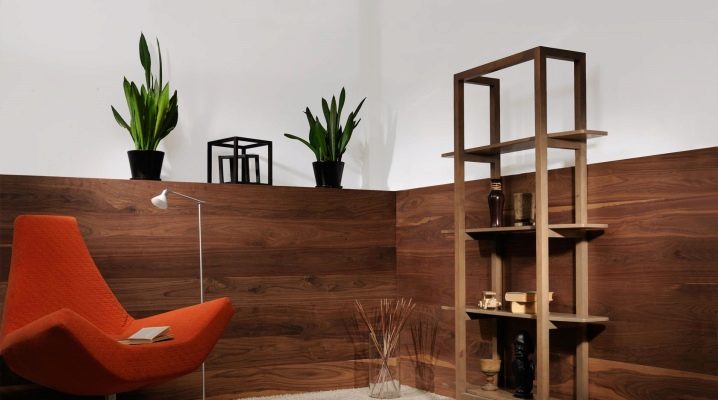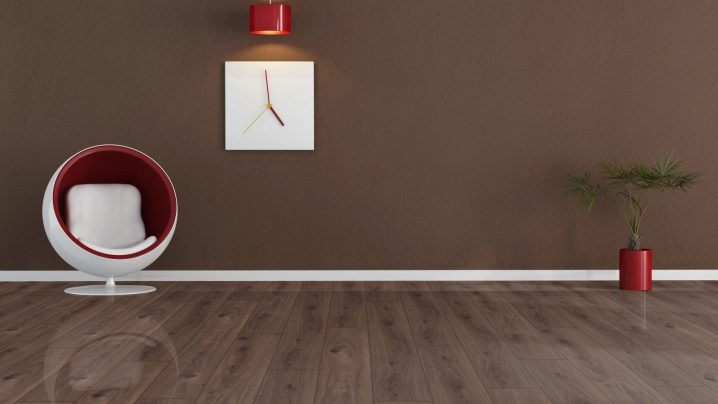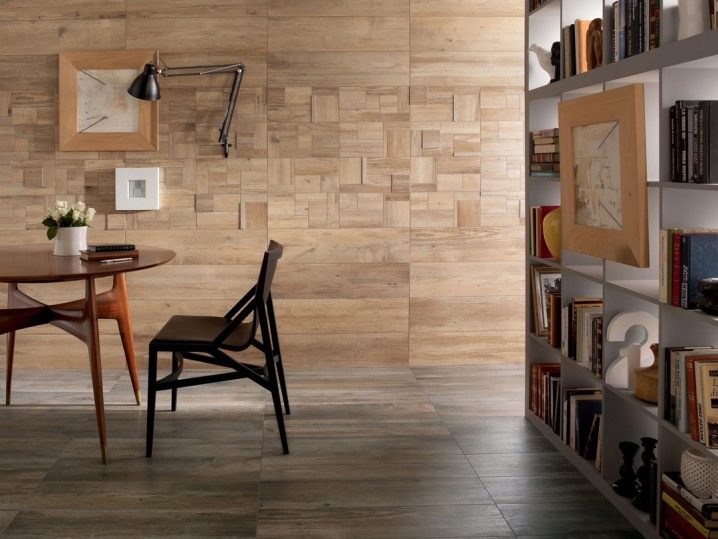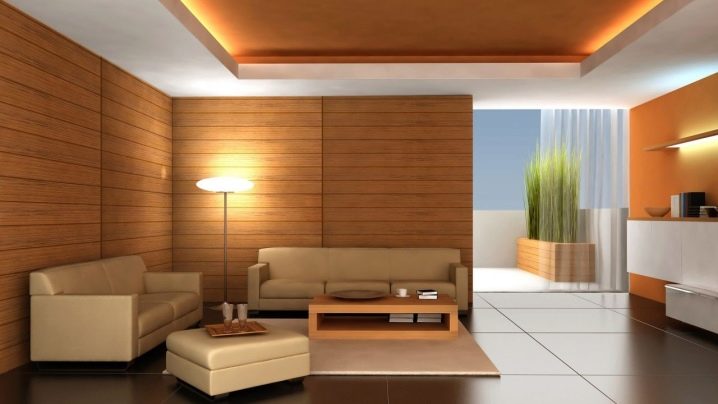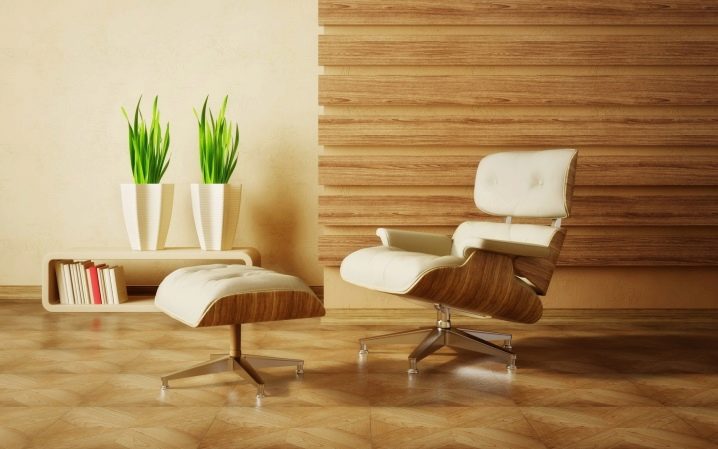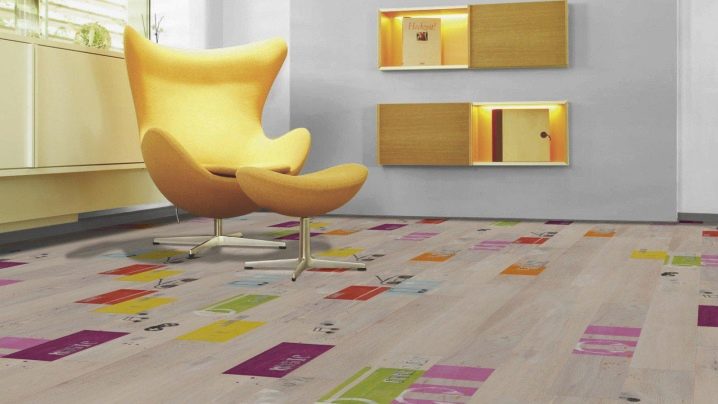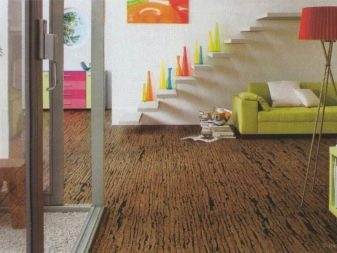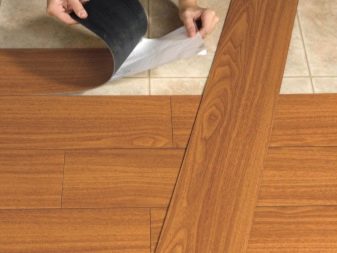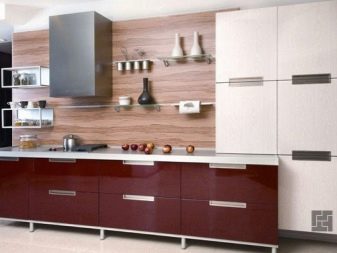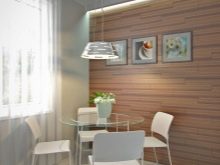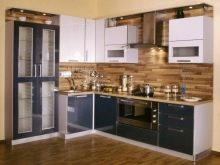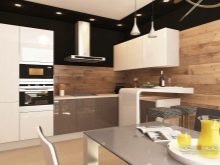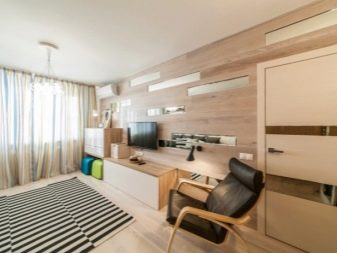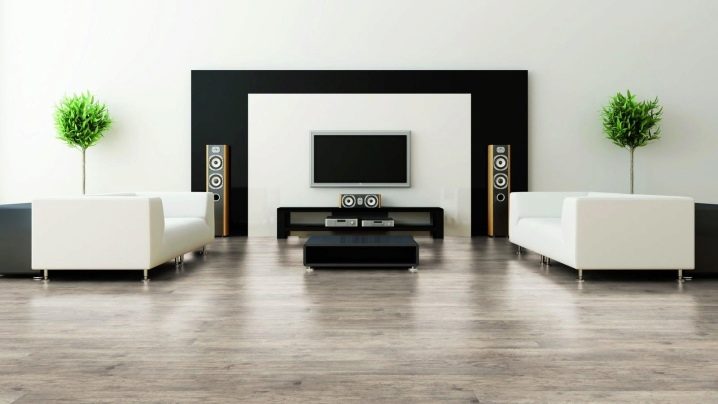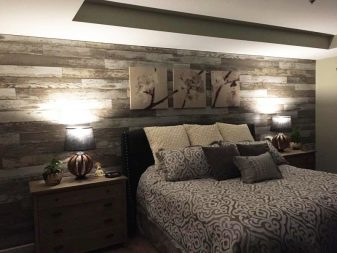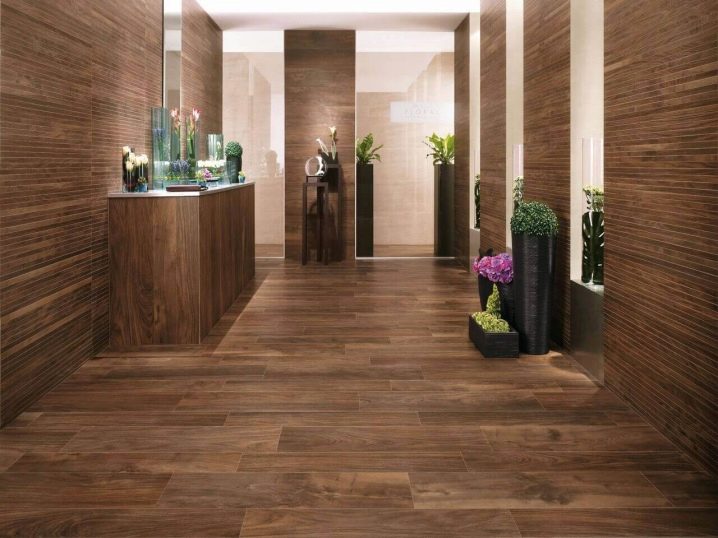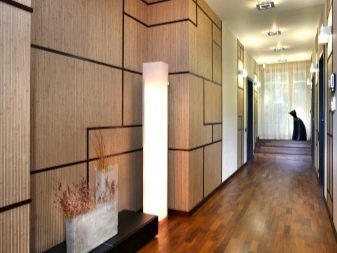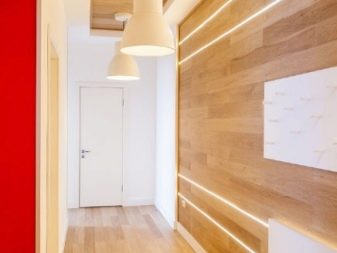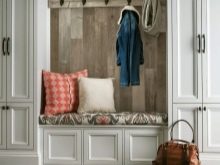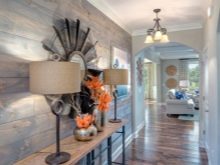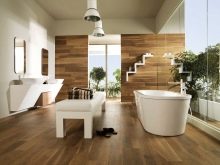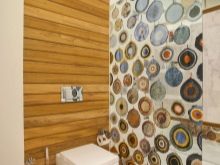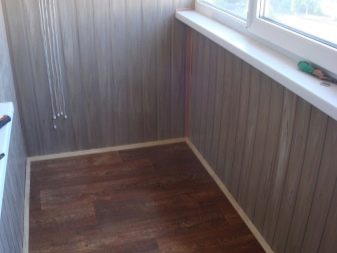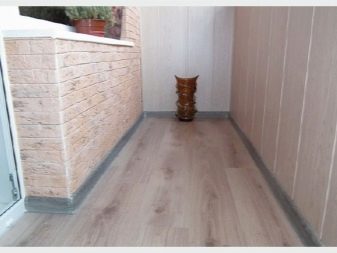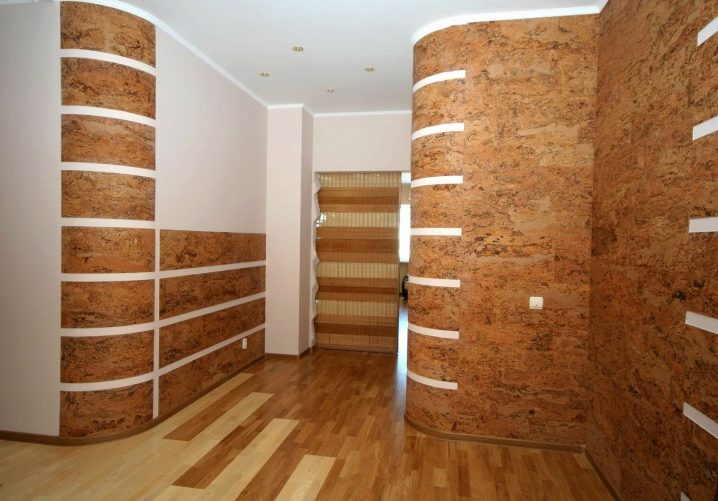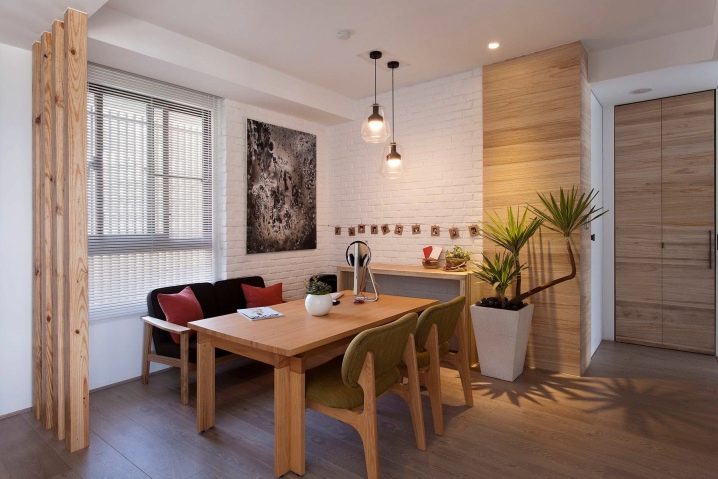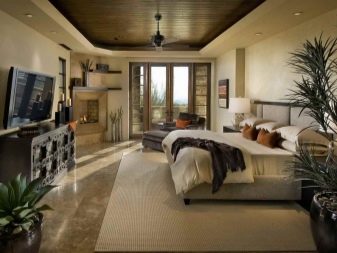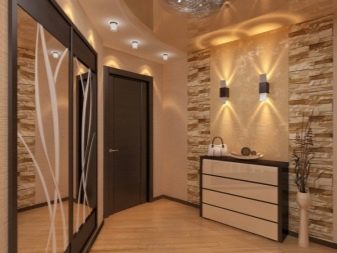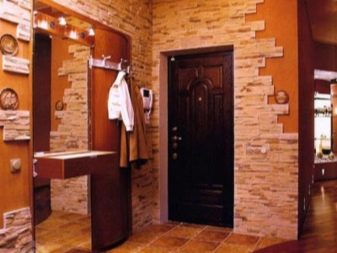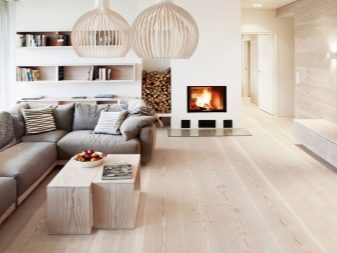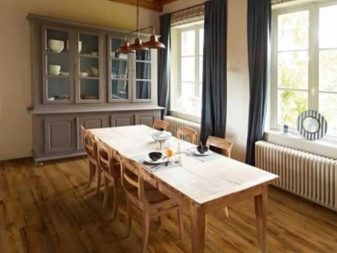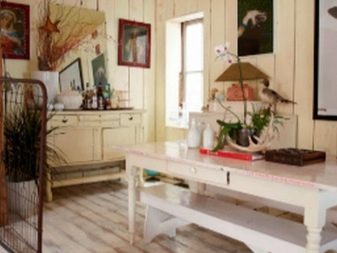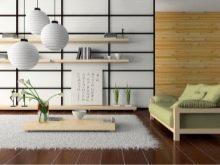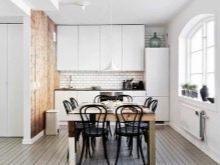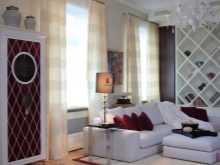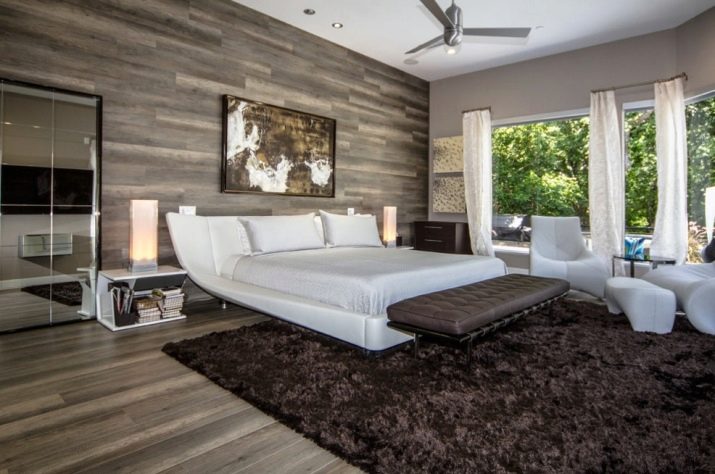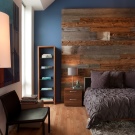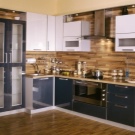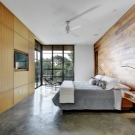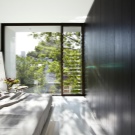Wall laminate in the interior
Selecting materials for finishing of walls, very few people will think about a laminate and in vain. The use of this perfectly proven material has received a regular development in the design of walls and ceilings. Currently, the laminate is able not only to emphasize the stylistically adjusted interior, but also to become its full dominant.
Advantages and disadvantages
Let's look at the pros and cons. This will help you competently choose laminate flooring for your room. Its advantages are:
• External presentability. Laminate has a large assortment of colors and textures. He is stylish, seemingly expensive, attracting attention to his woody motif. Quality will not leave anyone indifferent.
• Practicality. Laminate resistant to temperature extremes. It does not fade in the sun, moisture resistant, easy to clean and very durable.
• Decorative purpose. With the help of panels you can zone a room, as well as accentuate a specific surface of the floor or wall.
• Ease of installation. It is enough to choose a suitable type of laminate: click, sheet piling or glue. Installation of such materials is within the power of any buyer. Besides the fact that the installation of the panels is easy, it passes cleanly. You do not have long and painful to clean the room after its installation.
• Ease of care. The surface of the laminate is antistatic and does not attract dust. It is enough to wipe it with a slightly damp cloth.
• Affordable price. Compared with the decoration of the walls with solid wood panels, which will require considerable investments, this is a very economical option.
In addition to the advantages, there are also disadvantages:
• Laminate flooring is afraid of high humidity, so using it in bathrooms is extremely risky.
• Facing the whole wall from edge to edge, and from floor to ceiling is not the best solution. It is better to perform zoning of the room, since this is too active element in the interior and its excess will bring disharmony into the space, rather than decorate it.
Species
Let's look at the types of laminate and their difference, because the area of its application directly depends on it.
• Furniture. This is a chipboard covered with a laminating film. Due to its high resistance to moisture and stress, it is used for interior decoration and is suitable for use in the kitchen. However, it is not suitable for the design of bathrooms. In conditions of high humidity warps.
• Floor. The most common flooring material. It is a fibreboard consisting of three layers: stabilizing, carrying and decorative. This laminate is divided by type of lock and thickness. Thickness ranges from 6 to 12 mm in increments of about 1 mm. This indicator affects the durability, sound insulation and assembly. The higher the thickness of the coating, the easier its installation.
• Glue, vinyl. This innovative flexible material is made in the form of tiles that resemble the usual laminated board panels. The main advantage of a flexible laminate is the high elasticity that polyvinyl chloride it contains. Externally, plastic laminate is as similar to wood as possible, but the technological layers in it are 2, not 3, so that its thickness is noticeably less, and the installation process is as simple as possible.This material is not afraid of moisture at all and is ideal for use in bathrooms and sanitary facilities.
Varieties of fastening methods:
• Butt (aka furniture). Its edges are completely flat and do not have locks. It is attached to the glue by fitting the ends of the panels to each other. First, the wrong side of the panel is coated with a zigzag (it is unnecessary to completely cover the entire surface with glue). Then the panel is laid, glue is applied on its ends, the next panel is fitted to it, and so on. If excess glue protrudes on the surface, they should be carefully removed with a cloth. Suitable for mounting on flat walls that do not require lathing.
• Sheet piling. Its panels have a direct tongue and groove lock. When mounting the ends do not need to be treated with glue, due to which the joints are dry and clean. Installation is carried out on the crate with small nails, which are driven into the groove of the tongue. When mounted on the wall is planted on the glue. Ideal for walls and ceilings.
• Click. This is an advanced sheet piling. The difference is only in the profile of the castle. The comb in the section has a complex shape, the groove has a similar, suitable profile.Snapping in, such a lock forms a solid connection. When laying the panel, the adjacent side is tilted relative to each other at an angle of 20 degrees, and the lock is slid into the groove, then lowered to the horizontal and the lock snaps easily. When mounted on the wall, this laminate is attached to the crate with glue. It is characterized by high strength and resistance to deformation.
Regardless of what type of laminate you choose for wall decoration, it is important to take care of the perfect flatness of the surface. To do this, you must pre-align the wall. Otherwise, the most beautiful and expensive laminate will fall unevenly, warped, the joints in it will diverge, and the appearance will be hopelessly spoiled.
Where to apply?
Kitchen
In the kitchen, you can finish all the walls with laminate and create an active accent by doing only an apron over the working area or by creating a separate wall. It is enough to choose a pattern that imitates natural materials: cork, stone or aged wood. It all depends on your imagination and the effect you want to achieve. Bright accents in the bright kitchen will be the details, decorated with a contrasting color laminate,or selected to match the rest of the furniture panel. They can harmoniously fit into the ensemble and make it more refined.
Since the kitchen is functionally divided into work and dining areas, it will be a good decision to distinguish them by decorating part of the wall with laminate against the background of the dining area. The main criterion in the selection is the resistance of the material. This will provide you with a coating that is not inferior in quality to ordinary tile.
Living room
This is one of the main premises in the house, where the laminate will be very useful. With it, you can effectively arrange a recreation area or select a pedestal with shelves and a TV. Also, if you have a fireplace, the laminate cladding of the adjacent area will maximize attention and highlight the significant detail of the interior, as well as enhance the feeling of warmth and comfort.
The dark living room can be easily “brightened” by revealing the main wall with a laminate of bright colors. It is also permissible to trim a part of the wall or even a corner, if this emphasizes the style of the interior. Warm shades will be ideal for rooms facing the north side. This will not only make the room brighter, but also give a feeling of warmth.
Laminated cold tones are more suitable living room with windows to the south. This will make the atmosphere in the room fresher, cleaner and cooler. If you have a desire to revet the entire wall with dark wood laminate, the presence of many well-established sources of lighting, shelves, decorations, photos in beautiful frames and themed posters will add to your living room refined personality and chic.
Bedroom
When making the bedroom is better to follow the rules of one wall. In order not to lose their individuality, in the bedroom they decorate with laminate only the wall adjacent to the headboard. It is better to choose a shade and texture in the same way as the bed, so there will be no disharmony. Shelves and decorative details in tone will increase the functionality of the room. Also on this wall it is possible to arrange lamps and paintings. If you arrange the laminate is not the whole bedside area, but only a vertical part at the head of the head and extend the decor from the wall to the ceiling, you can create a canopy effect.
This reception will add style and comfort to a tranquil traditional room.
Corridor
Covering the walls of the corridor with laminate is very practical and beautiful.This room is the simplest in the decoration of the laminate room, since all types of colors and textures are welcome here. You can trim the panels as the entire height of the walls, and up to half, pasting the upper part with wallpaper of bright colors.
Combining laminate flooring in the corridor with artificial stone, ceramic granite and many other materials, you will create a unique ensemble, turning a boring utility room into a stylistic highlight of your home. To expand the narrow corridor will help the laminate of light colors and unusual texture
Entrance hall
Like the corridor, it is better to decorate this room in half, combining it with wallpaper or plaster of light colors. Although in the presence of a spacious hallway, decorating the key wall with a bedside table, a mirror and lamps will look spectacular. In addition, a good solution would be to trim the functional wall of the hallway, on which shelving and hangers are located.
No matter how you use laminate in the hallway of the apartment, it, combined with additional decoration and functional items, will make the room cozy, and guests entering your home will appreciate the non-trivial approach to finishing the house.
Bathroom
This room is characterized by high humidity and temperature changes, and therefore should pay special attention to the selection of laminate. Between moisture-proof and water-resistant, it is better to give preference to the second, since it will last longer.
Balcony and Loggia
If you decide to laminate a balcony or loggia, then these rooms should be glazed and insulated, because the laminate will be damaged from the temperature and moisture difference and will not last for a long time. On the balcony or loggia, you can arrange a working area or a small recreation area, the laminate will create there a unique cozy atmosphere.
Use cases
Quite a spectacular reception when emphasizing a small area is not only decorating a part of the wall, but finishing with a laminate ceiling. Facing with panels of such a surface is a simple and effective way to focus attention on it, without attracting additional funds. This application will appeal to lovers of extravagant design.
Very effectively you can finish the laminate floor and ceiling, picking up partner colors. The walls in such a room would be better to paste over the wallpaper for painting or decorative plaster. Strengthen the impression of wooden window frames.In no case should not make the room completely laminate (floor, ceiling and walls at the same time), as this will overload the interior.
Two-level ceiling with laminate - an innovative solution in the design. Being framed by a white box of drywall or lightweight plastic with built-in spot light, it will become the main part of the room. For complete harmony, it is enough to add curtains to the tone and a couple of pieces of furniture of partner shades. For bathrooms, tandems of laminate with tiles made of porcelain stoneware, stone and ceramics will be successful. In addition, glass partitions, metal handrails and plumbing parts will be a great addition to the eclectic design of the bathroom.
For decoration of corridors and hallways, the partnership of laminate with artificial stone masonry in the form of accents is successful. Also, the combination of panels in the lower half of the room and the wallpaper at the top will look beautiful.
A color scheme
A rich imagination can engender a variety of color combinations. Furniture in the color of white oak blends well with a wenge or dark walnut laminate wall and vice versa.It is also interesting to see combinations of similar in tone, but different in tone sections of the walls, decorated with laminate and furniture. It is important not to forget about the alliance of wall and floor coverings. They can be combined in color or in sharp contrast with each other. It all depends on what effect you want to achieve.
Styles
Laminate, being a universal material in color and texture, will successfully fit into any interior:
- Natural wood shades will fit well into classic ensembles.
- In rooms in a rustic style, panels with the effect of aged wood from light to dark shades will be appropriate, as well as details imitating natural stone will fit in well.
- Panels of non-standard, bright colors and textures repeating stone, reptile skin, shell rock and many others will fit into the modern design.
- Provence is better to emphasize the light panels, as well as models of the color of whitened wood.
- Ecostyle means natural wood colors such as beech, birch, pine.
- In the Scandinavian style will fit the darker and coarse tones of the laminate. It will create a contrast with light colored furniture.
- Eclecticism.If you are a fan of innovative ideas and a combination of the incompatible, and your home has a free layout, zoned in different styles, the wall sections revetted with laminate will help to emphasize the unique eclecticism of the interior. They will enhance the separation of zones.
We looked at the beautiful options and design ideas that could give your home a note of uniqueness. Do not be afraid to be original. Any familiar material can find a new use. The result will be stunning.
The video presents some ideas that you can use in the interior design.
